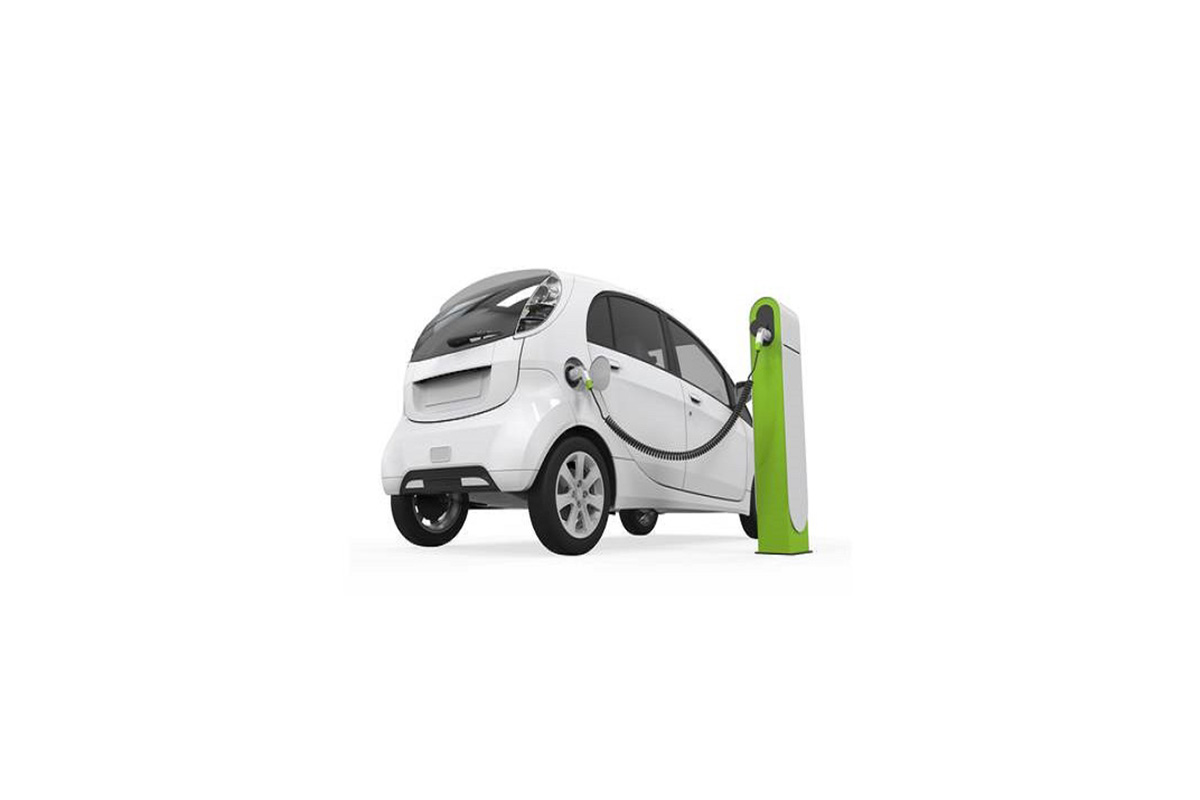According to the new market research report “Asia Pacific Electric 3-Wheeler Market by End-use (Passenger & Load), Range (Upto 50 Miles & Above 50 Miles), Battery type (Lead Acid & Lithium ion), Battery Capacity (Below 3kWh, 3kWh-6kWh, Above 6kWh), Motor Power and Country – Forecast to 2026″, published by MarketsandMarkets™, the Asia Pacific Electric Three-Wheeler Market is estimated to be 156,397 units in 2021 and is projected to grow to 486,446 units by 2026, at a CAGR of 25.5% during the forecast period. The automotive industry is at the cusp of technological evolution to develop zero-emission vehicles, while electric three-wheelers for daily commuting have become the steppingstone for the same. However, before deploying these as primary usages, electric three-wheelers need to have the necessary charging infrastructure and optimum performance. Electric three-wheelers are also noise-free. They are therefore expected to be the building block for the success of emission-free vehicles of the future.
Browse in-depth TOC on “Asia Pacific Electric 3-Wheeler Market”
93 – Tables
63 – Figures
185 – Pages
Download PDF Brochure: https://www.marketsandmarkets.com/pdfdownloadNew.asp?id= 59408226
The recent developments in the electric three-wheeler market have introduced batteries with improved specifications that are said to be at the heart of any electric three-wheeler. These advancements in batteries are expected to increase the performance and range of electric vehicles. The range is one of the most important reasons that users are still a bit hesitant to prefer electric three-wheelers over ICE three-wheelers. However, government bodies are working with manufacturers to provide the necessary charging infrastructure network. Because of all these benefits, electric three-wheelers are the future of the automotive industry.
Passenger Carrier is estimated to hold the largest market share by end use during the forecast period
The passenger carrier segment has experienced growth, especially in India and Bangladesh. This is because electric three-wheelers are used for taxi services for short-distance commutes in these countries. India has always been a large market for three-wheelers for public transport. As a result, e-rickshaws, by default, find huge scope in the passenger carrier segment. Governments have been encouraging the use of electric three-wheelers to reduce the number of petrol-fueled three-wheelers for emission reduction. During the forecast period, the passenger carrier segment will have the largest market due to lower maintenance and operation costs.
Electric three-wheeler-based services are provided by Ola Auto, UberAuto, DiDi Chuxing, and Jugnoo. Currently, electric three-wheelers have a very limited use case compared to traditional ICE three-wheelers, but various initiatives taken by the mobility solution providers are driving the passenger carrier segment of the electric three-wheeler market. For instance, in April 2018, Ola announced the addition of 10,000 electric three-wheelers to its Indian fleet by 2020. Also, in November 2020, Uber launched 500 electric three-wheelers on its platform as affordable last-mile connectivity. This is expected to drive the electric three-wheeler passenger carrier market over the estimated period.
Upto 50 miles segment is estimated to be the largest segment by range from 2018 to 2026
Most electric three-wheeler manufacturers provide electric three-wheelers with a range of up to 50 miles. Electric three-wheelers are considered an alternative to daily city commuting within the range of 10–12 km. Hence, many electric three-wheelers have ranges up to 50 miles, making them more popular in the market.
Low-performance and affordable electric three-wheelers usually have a range of up to 50 miles. Many OEMs are offering electric three-wheelers with low-cost batteries with a restricted range. Mostly, electric three-wheelers with lead-acid batteries lie in this range. Lower energy density, poor performance at low temperatures, and short lifecycle of the battery put these electric three-wheelers in the lower performing range category.
Adoption of shared mobility is the major driver for electric three-wheelers with a range of up to 50 miles. Moreover, they consume comparatively less electricity, and as electricity is less expensive than gasoline, electric three-wheelers are more fuel-efficient than conventional vehicles. The total cost to travel in an electric three-wheeler with a range up to 50 miles is half of traveling in a gasoline-powered electric three-wheeler.
COVID-19 has distrusted public transportation due to lockdowns and social distancing, and this has affected the adoption of electric three-wheelers. However, it is expected that market adoption for shared mobility would grow in the future.
Request FREE Sample Report: https://www.marketsandmarkets.com/requestsampleNew.asp?id= 59408226
India is estimated to show highest CAGR growth in Asia Pacific electric three-wheeler
India is the largest market in the region, followed by Bangladesh and the Philippines. India is the largest market in the region due to its government policies to support the adoption of electric three-wheelers. In August 2020, the government introduced the new Delhi Electric Vehicle Policy, 2020, intending to increase the adoption of EVs in the national capital region. The new policy proposed tax waivers, charging and swapping infrastructure establishment, battery cycling ecosystem, and creating a non-lapsable State EV Fund. In 2019, Delhi proposed open permits for electric three-wheelers. Moreover, India already has a well-established market for three-wheelers. This is because of the country’s high taxes on petrol, which increases the demand for alternative fuel vehicles. The government’s new vehicle scrappage policies will also support the growth of electric three-wheelers, besides lowering the cost by providing subsidiaries in the country. In 2020, the purchasers of e-carriers were eligible for a scrapping incentive for scrapping and then registering the old ICE goods carriers registered in Delhi. Up to ~USD 104 (INR 7,500) of the incentive shall be reimbursed by the GNCTD for the purchase of e-carriers.
Regulatory support would play a key role in electric three-wheeler adoption. A combination of both fiscal and non-fiscal incentives is critical in the medium term. In terms of charging infrastructure, a mix of plug-in charging and battery swapping models must be carefully deployed for the growth of electric three-wheelers. For instance, in 2021, electric vehicle startup Zypp plans to set up 5,000 battery swapping stations for three-wheelers across India over the next three years. The last-mile delivery company, now operational in six cities, has set up 50 battery swapping stations across Delhi NCR and Jaipur.
Key Market Players:
The report analyzes all major players in the Asia Pacific Electric Three-Wheeler Market including Mahindra & Mahindra Ltd. (India), Atul Auto Ltd. (India), Piaggio Group (Italy), Lohia Auto Industries (India), and Kinetic Engineering Limited (India).
Browse Related Reports:
Electric Scooter and Motorcycle Market by Vehicle Type (E-Scooter/Moped & E-Motorcycle), Battery (Sealed Lead Acid & Li-Ion), Distance Covered, Voltage (36V, 48V, 60V & 72V), Technology (Plug-in & Battery), Vehicle Class, Region – Global Forecast to 2027
Electric Vehicle Market by Vehicle (Passenger Cars & Commercial Vehicles), Vehicle Class (Mid-priced & Luxury), Propulsion (BEV, PHEV & FCEV), EV Sales (OEMs/Models) Charging Station (Normal & Super) & Region – Global Forecast to 2030
















Got a Questions?
Find us on Socials or Contact us and we’ll get back to you as soon as possible.